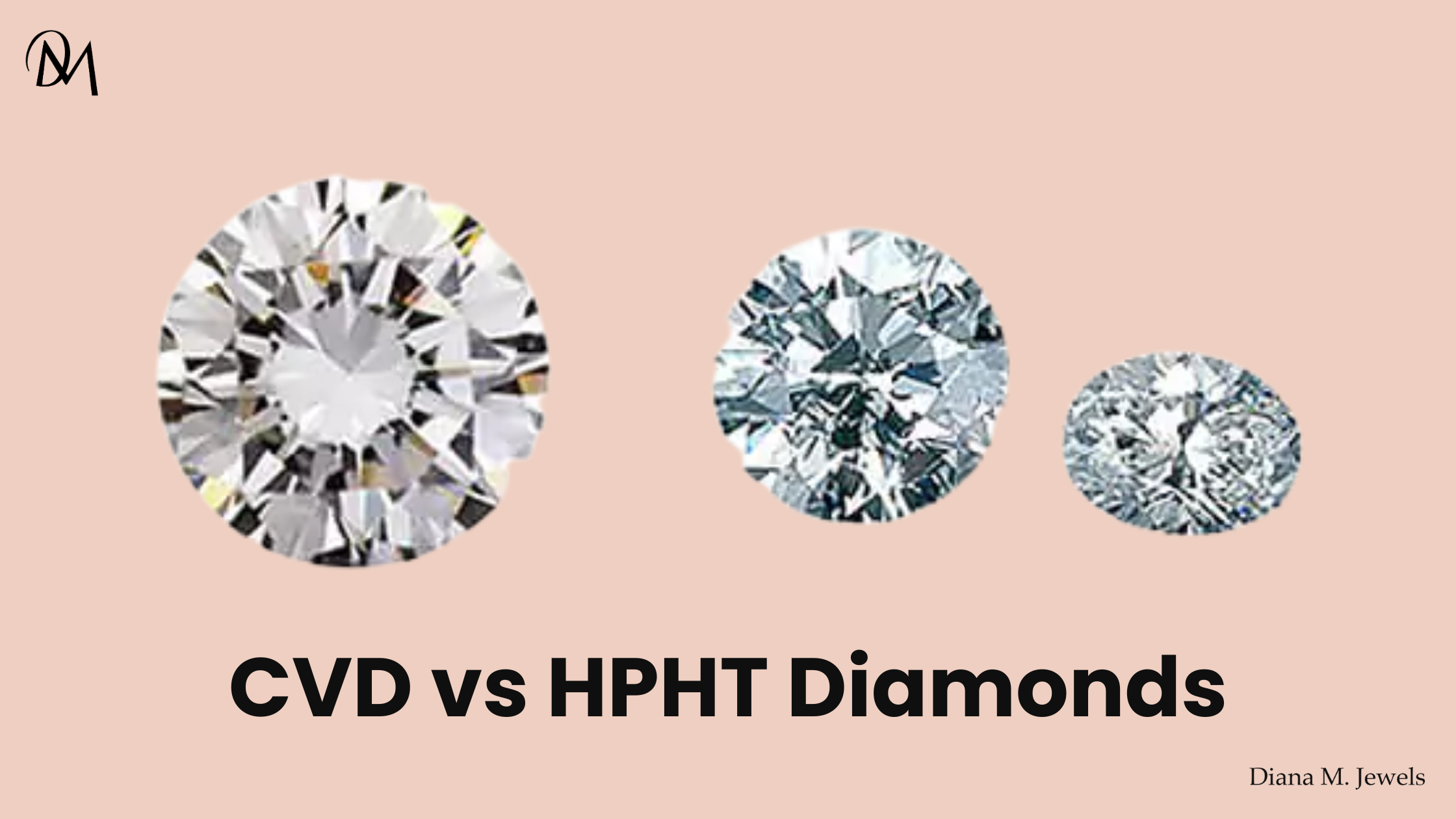
CVD vs HPHT Diamonds: Which Lab-Grown Diamond Is Better?
CVD (Chemical Vapor Deposition) and HPHT (High Pressure High Temperature) are two advanced methods of growing real diamonds in laboratories. CVD uses carbon-rich gas in a vacuum to grow thin diamond layers, often resulting in better clarity and lower cost. HPHT mimics Earth's natural diamond-forming environment, producing diamonds under extreme heat and pressure—ideal for intense colors. Both are chemically identical to natural diamonds.
(Source: GIA – “HPHT and CVD Diamond Growth Processes,” 2016)
Introduction: The Rise of Lab-Grown Diamonds
As conscious consumers seek ethical and sustainable alternatives to mined diamonds, lab-grown diamonds—specifically CVD and HPHT—are taking the spotlight. Whether you're shopping for an engagement ring, fine jewelry, or want to understand the science behind these sparkling stones, knowing the difference between CVD and HPHT diamonds can help you make the right choice.
What Is a CVD Diamond?
CVD stands for Chemical Vapor Deposition. This method involves placing a thin diamond seed into a vacuum chamber filled with carbon-rich gases like methane. A plasma source breaks down the gas, and carbon atoms bond to the seed, forming a diamond layer by layer.
Key Characteristics of CVD Diamonds:
-
Grown at lower pressure and temperature (700–1200°C)
-
Often better clarity with fewer inclusions
-
May start with a brown tint that is later improved via HPHT treatment
-
Flat, tabular growth structure
-
More energy-efficient and scalable
CVD diamonds are widely used in both jewelry and high-tech applications due to their uniformity and purity.
What Is an HPHT Diamond?
HPHT stands for High Pressure High Temperature. This process replicates how diamonds form in nature—under immense pressure and heat deep within the Earth’s mantle. A carbon source and a metal flux (like iron or nickel) are placed in a press, where heat and pressure turn carbon into a crystal.
Key Characteristics of HPHT Diamonds:
-
Grown at extremely high temperatures (~1400–1600°C) and pressures (~5–6 GPa)
-
Crystals have cubic and octahedral faces
-
Often used to grow fancy color diamonds, like vivid blue or yellow
-
May include metallic inclusions
-
Phosphorescence (glow after UV exposure) can occur
HPHT diamonds are especially valued for their vibrant color and brilliance.
CVD vs HPHT Diamonds: Full Comparison Table
|
Feature |
CVD Diamonds |
HPHT Diamonds |
|
Full Form |
Chemical Vapor Deposition |
High Pressure High Temperature |
|
Temperature |
~900–1200°C |
~1400–1600°C |
|
Pressure |
Low / vacuum |
~5–6 GPa |
|
Growth Time |
3–4 weeks |
Few days to 2 weeks |
|
Crystal Shape |
Tabular |
Cubic + Octahedral |
|
Color Quality |
May need post-treatment |
Better initial color (especially blue/yellow) |
|
Clarity |
Typically better (fewer inclusions) |
Can contain metallic flux inclusions |
|
Energy Use |
More energy-efficient |
Energy-intensive |
|
Strain Patterns |
Banded strain seen under polarization |
Minimal or none |
|
Fluorescence |
Striated pattern |
Cross-shaped pattern |
|
Common Use |
Colorless diamonds, high clarity |
Fancy color diamonds, durability |
|
Price |
Generally lower |
Slightly higher, especially for color |
|
Environmental Impact |
Lower |
Higher unless powered by renewables |
CVD vs HPHT: Which Diamond Is Better?
The truth is — neither is objectively better, but one may be better for your needs.
|
Choose CVD if… |
|
You want a colorless diamond with high clarity |
|
You care about energy efficiency |
|
You're looking for cost-effective options |
|
You prefer minimal visible inclusions |
|
Choose HPHT if… |
|
You want vivid color diamonds (blue, yellow) |
|
You prefer natural-like crystal formation |
|
You don't mind minor metallic inclusions |
|
You're buying a diamond over 2–3 carats |
Many CVD diamonds are post-treated with HPHT to enhance their color, so the two methods are often used together.
CVD and HPHT vs Natural Diamonds
|
Feature |
Lab-Grown (CVD/HPHT) |
Natural Diamonds |
|
Origin |
Lab-grown |
Earth-mined |
|
Chemical Composition |
100% carbon |
100% carbon |
|
Looks |
Identical to natural |
Unique imperfections |
|
Ethics |
Conflict-free |
Risk of unethical sourcing |
|
Environmental Impact |
Significantly lower |
High (mining, energy use) |
|
Price |
30–50% cheaper |
Premium due to rarity |
If you want to read the complete details on lab grown and natural diamonds difference check this lab-grown vs natural diamond.
Generally speaking:
-
CVD diamonds are more affordable, especially in the 0.5 to 2 carat range.
-
HPHT diamonds may cost more for fancy colors or large sizes, but have better native color without requiring treatment.
At Dianam Jewels, we offer certified diamonds grown through both methods, with transparent pricing and ethical sourcing guaranteed.
Conclusion: CVD vs HPHT — Choose What Matters Most
Lab-grown diamonds are revolutionizing the jewelry world, offering ethical, sustainable, and affordable alternatives to mined diamonds. At Dianam Jewels, we believe every buyer should feel confident in their diamond choice. Whether you prefer the refined clarity of a CVD diamond or the vivid color of an HPHT gem, both options offer brilliance and beauty for a lifetime.
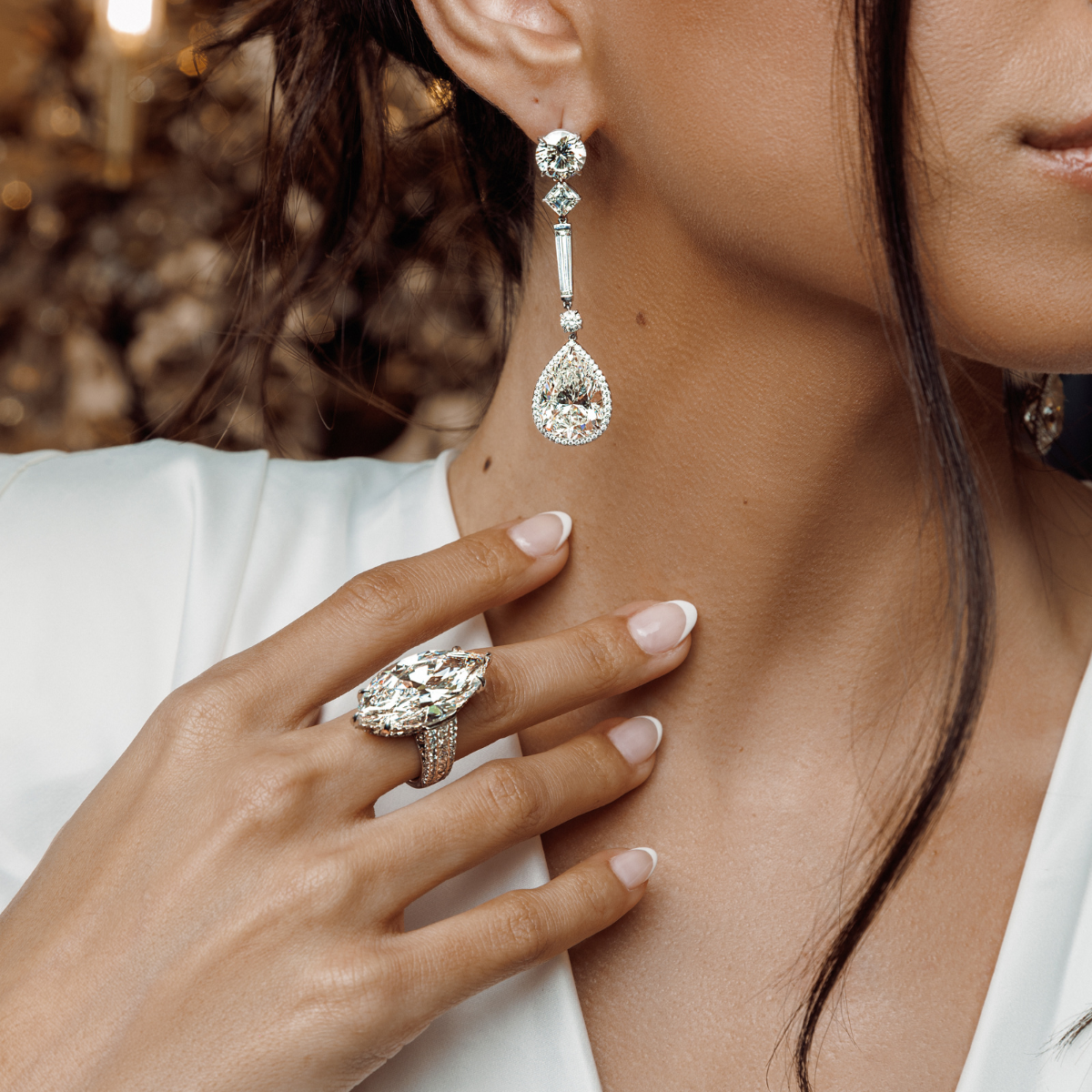
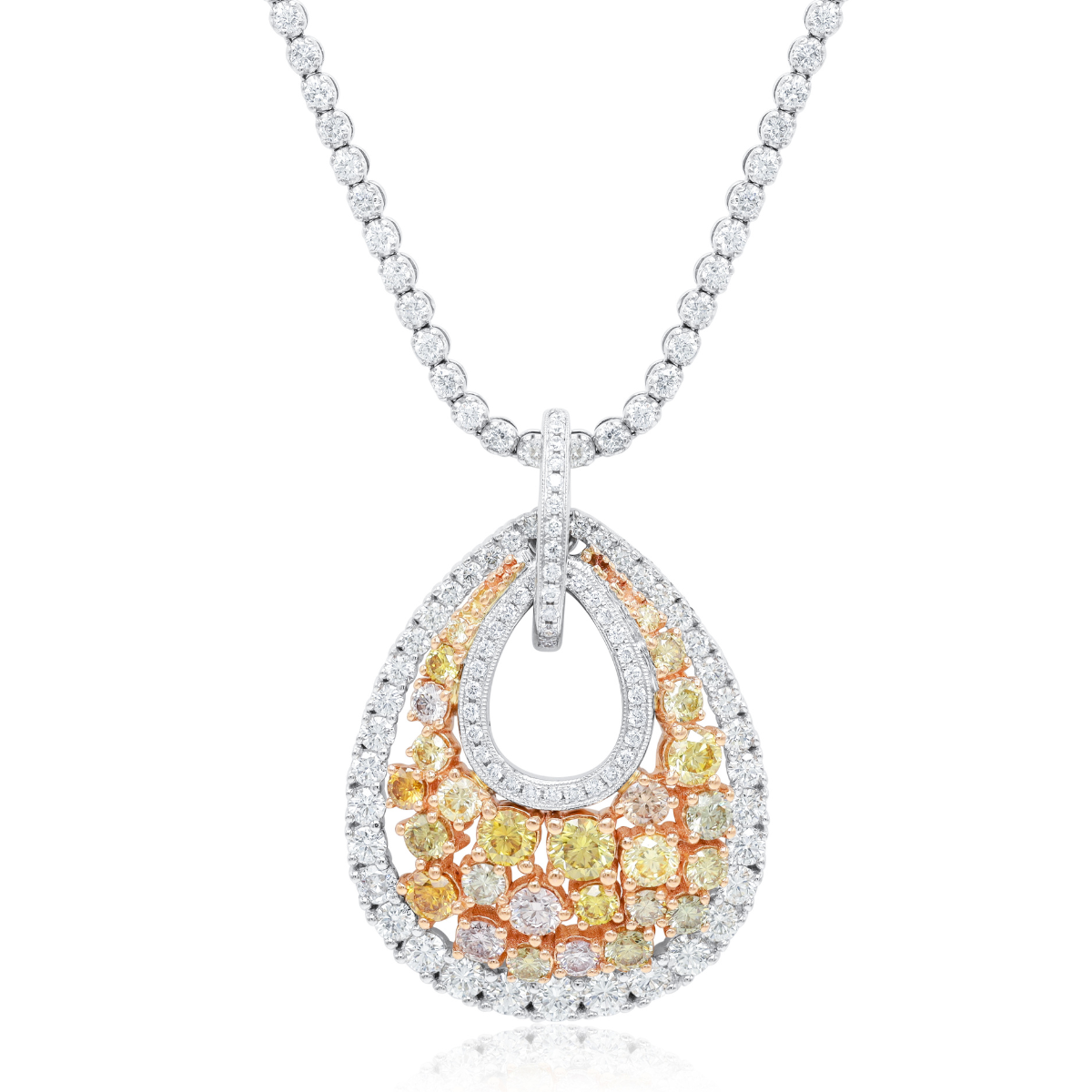
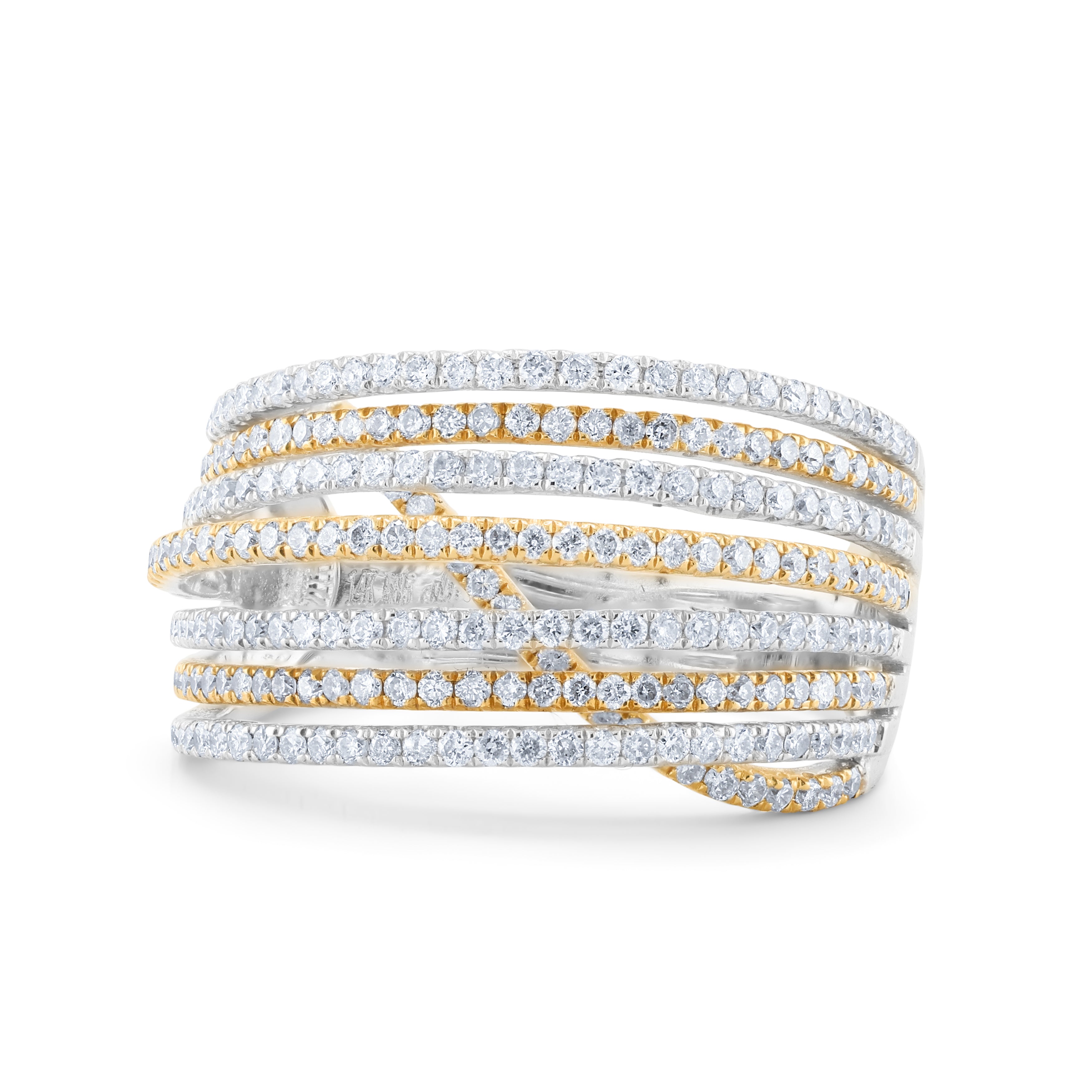
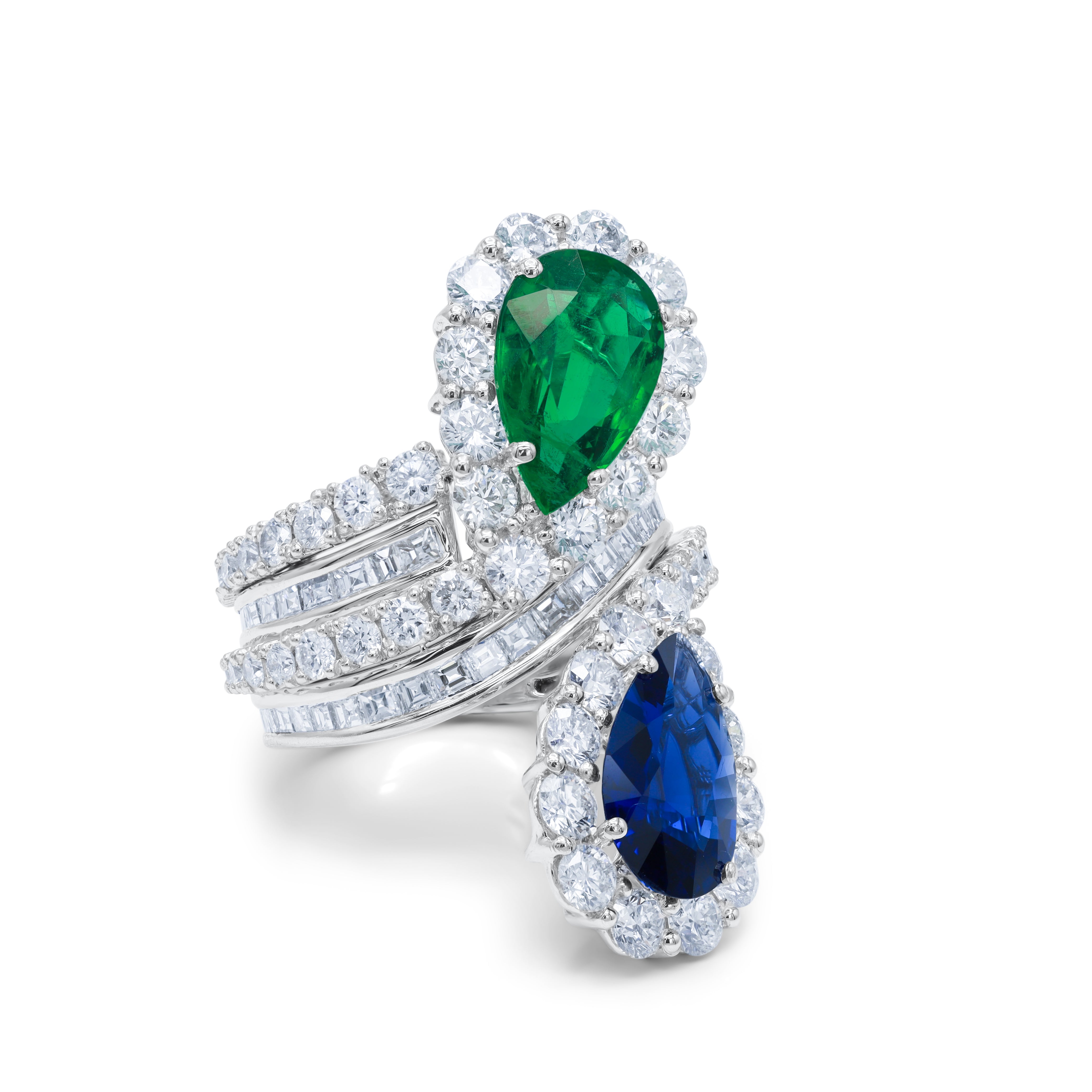

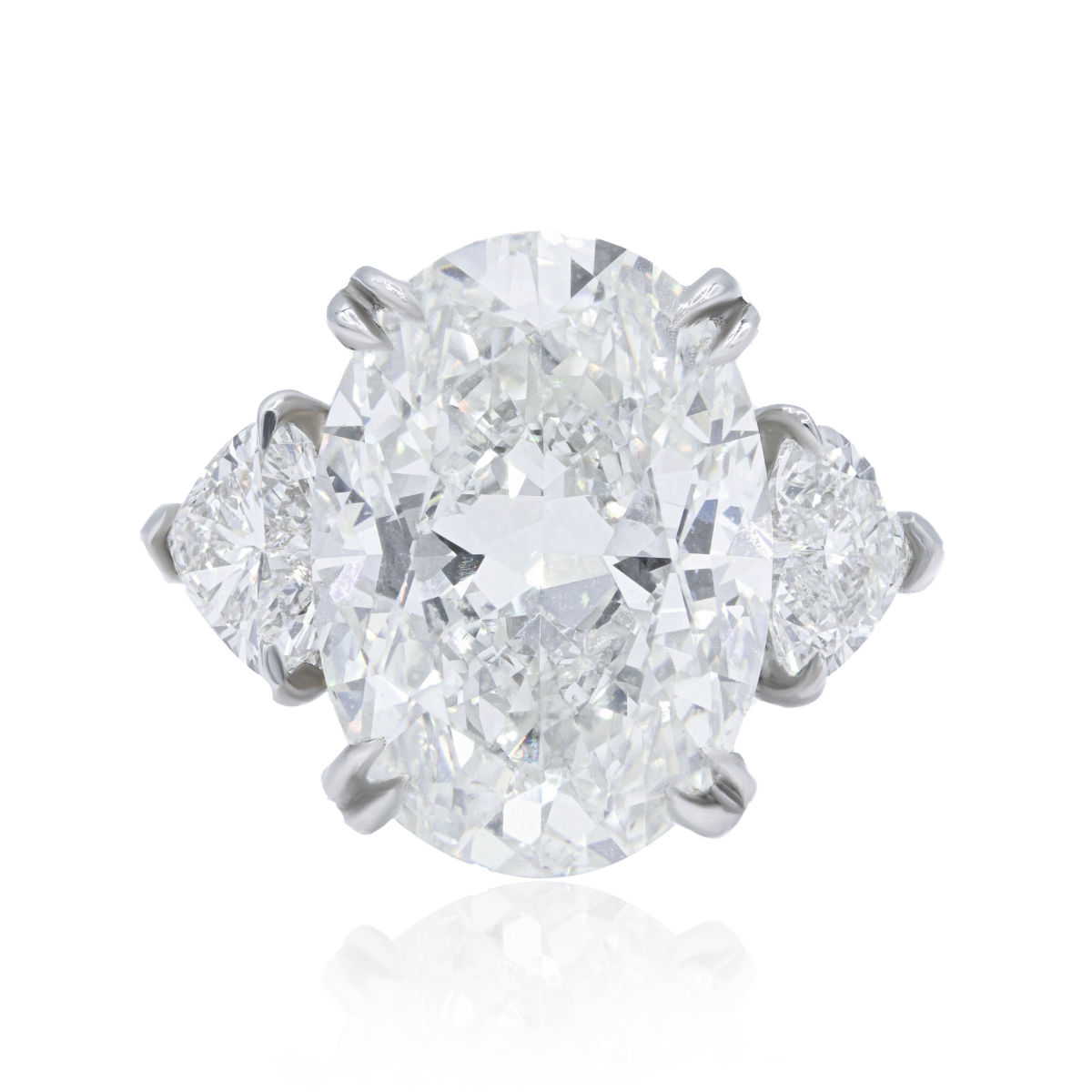
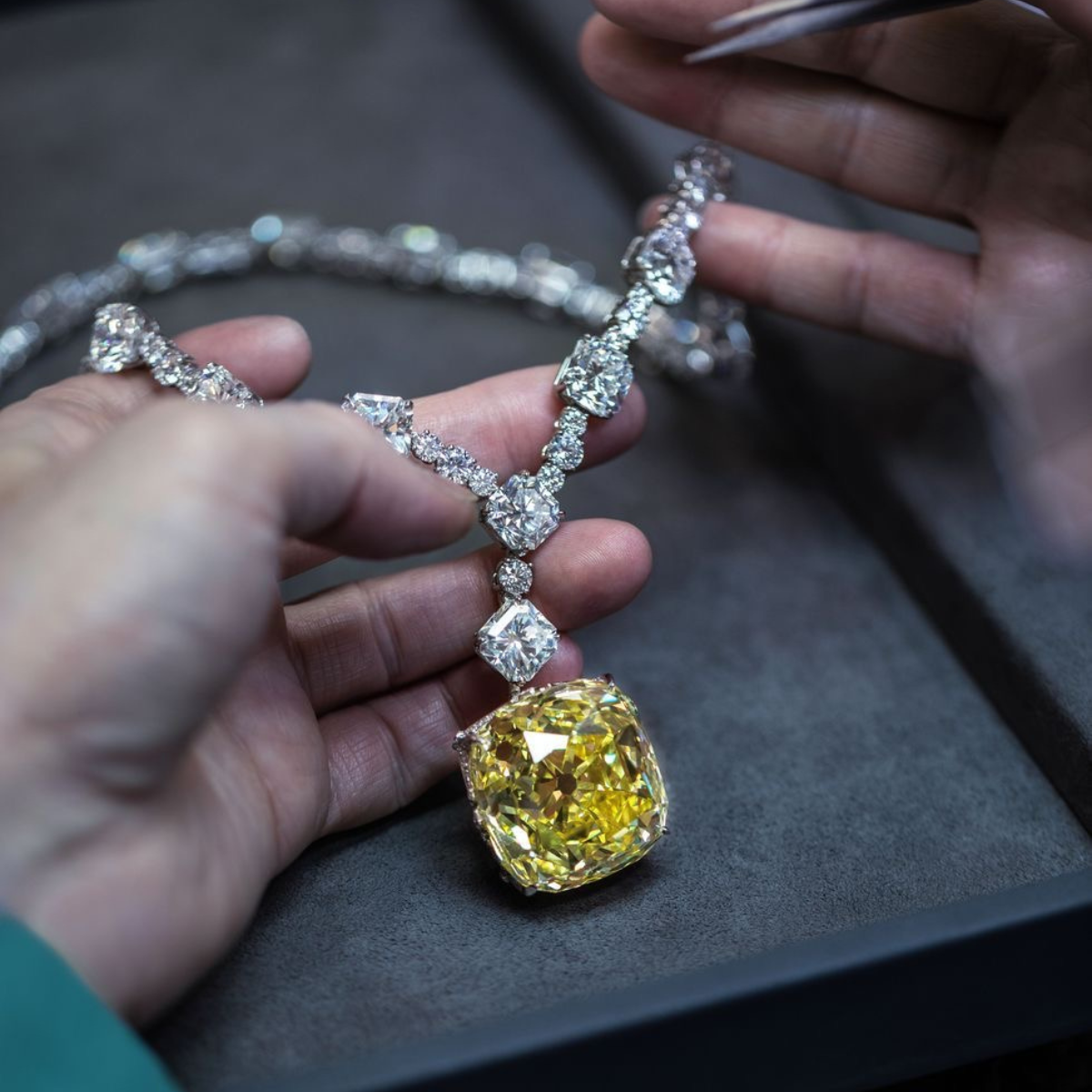


Leave a comment
This site is protected by hCaptcha and the hCaptcha Privacy Policy and Terms of Service apply.